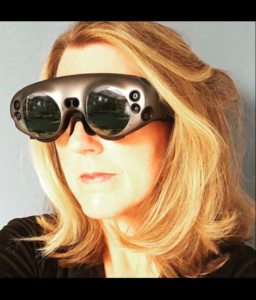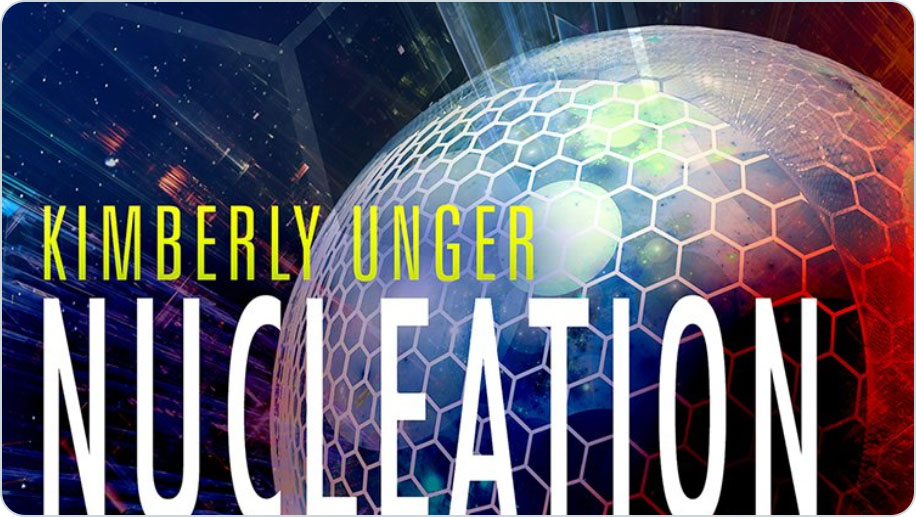
Promotional Image from The Expanse on SyFy
It was more subtle than I expected, for some reason. Â In the Expanse we are following, essentially, three different types of stories with three different visual directions.
The first is Noir Detective tale about a cop, hard-boiled right down to the hat. Â Gritty, morally questionable, bloodied knuckles and twitchy informants, you could separate this tale out and have a tidy, stand along show all it’s own. Â Yes, it’s set on a space-station, but you could take this story and plug it into the back-alley’s of any major port city in the world, it would be just as tight as well-handled.
The second is is pure Space Opera. Â Borderline dysfunctional crew on an away-mission watches in horror as their ship is blown to smithereens. Â As they work together, first towards safety and survival, next towards identifying the target of their revenge, they start to form a cohesive, if wary team.
Third is an absolutely gorgeous Palace Intrigue tale. Â Lush environments, vaulted ceilings, wardrobes and fabrics to die for. Â No fists, no guns, only words, sharp, lethal, beguiling and clever. Â Careers and lives are ended without our characters lifting so much as a finger.
Each story follows its own thread, with the environments and directing styles built to match. Â The interior of the Ceres is befitting a noir tale, dark, dimly lit with sharp shadows and more than your usual share of detritus in the corners and alleyways. Â In contrast, the crew of the Canterbury goes from the interiors of the Cant to the Scopuli to the Rosinante, always well kept and orderly. Â Even the old workhorse of the Canterbury was tidy, even in its moments of disrepair. Â The intrigues on Earth take place in similarly appropriate surroundings.
All three stories are following the same mystery from different angles, giving us, the viewer, a complete picture. Â A roundabout, if you will, where we can see the same event from every angle and every lens.
The interesting stuff is going to happen (for those of us with a yen for the visual design and thought processes) as these stories collide.  We had our first taste of it here at the end of Season One, where we see our Noir Detective meet up with the Plucky Space Crew.  It’s almost a shock to see those different presumptions, those different visual canons come together.  The same room with the Plucky Space Crew getting shot at takes on an ENTIRELY different light once our Detective shows up, our Detective looks out of place, a Noir character dropped into a blaster-fight in a brightly lit space. Once they ascend the stairs, we have a shift again, we move all the characters over into the Noir where our Detective looks entirely in his own element as they find the room where the person they have been searching for is holed up.
The visual language is just going to get more complex, and I am hugely interested to see if they continue this trend of casting the environments into a different light depending on which character is the lead in any given bit of the story. Â I’m hoping they don’t end up with a homogenized look at the end of the day, but seeing it here, in the first season, suggests that the visual designers and directors are telling us this story on many levels, not just with the words and actions of the actors.




